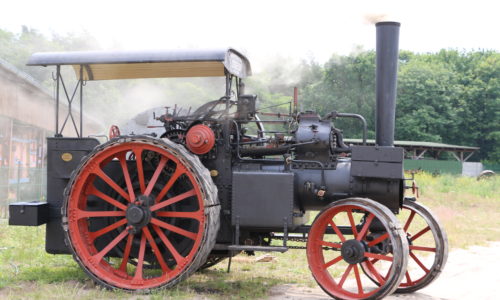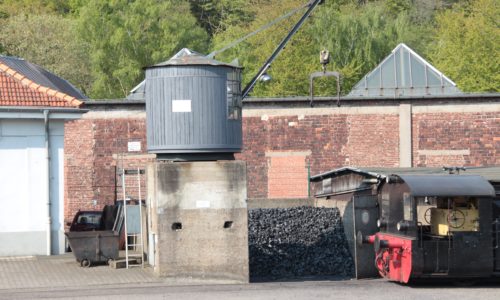Maudslay engine
The Maudslay engine was the first beam engine built for the Kew Bridge works and began pumping in 1838. A beam engine is a type of steam engine where a pivoted overhead beam is used to apply the force from a vertical piston to a vertical connecting rod. This configuration, with the engine directly driving a pump, was first used by Thomas Newcomen around 1705 to remove water from mines in Cornwall. Henry Maudslay (22 August 1771 – 14 February 1831) was a British machine tool innovator, tool and die maker, and inventor. He is considered a founding father of machine tool technology.
This engine was extensively rebuilt during its working life, and little of the original remains, although the original pump foundations have recently been discovered during restoration work on the Bull Engine, which is situated in the same room as the Maudslay. The engine was built by Maudslay, Sons and Field of Lambeth, who were better known as marine engineers. The engine was later converted to work on the Cornish cycle in 1848 by Samuel Homersham.
In 1888, the beam cracked and one half replaced. If you look at the beam today, you can clearly see the replacement half, which is substantially thicker than the original.
Date of manufacture 1838
Cylinder Diameter 65 inches (1.65 metres)
Stroke 96 inches (2.4 metres)
Weight of Beam 20 tons (20.2 tonnes)
Water output per stroke 130 Gallons (590 litres)
Water output per 24 hours 2.5 M Gallons (8 M litres)
Strokes per minute 6 - 6 1/2
Last worked 1943
Returned to steam 1985
Sound recordist: Ben Minto/Soundkids
Video: James Petts, YouTube
Specs:
Filesize:
Duration:
Channels:
14.3 MB
1 min 20 s
2 (Stereo)
Bit rate:
Bit depth:
1411 kb/s
16 bit
Recorded on December 31, 2000
Water Mill
London, UNITED KINGDOM
Creative Commons License




